Milan, Italy’s vibrant fashion and finance capital, is a city that blends historical charm with modern innovation. Navigating this bustling metropolis efficiently is crucial for making the most of your visit. Whether you’re a first-time traveler or a seasoned visitor, understanding Milan’s transportation options can significantly enhance your experience. In this comprehensive guide, I’ll walk you through the best ways to get around Milan, including public transportation, taxis, bike rentals, and more.
Public Transportation: The Backbone of Milan’s Mobility
Milan boasts a robust public transportation system that is both efficient and user-friendly. Here’s a breakdown of the primary options available:
1. Metro: The Fastest Way to Get Around
Milan’s metro system is one of the most convenient ways to travel around the city. It consists of four lines—M1 (Red), M2 (Green), M3 (Yellow), and M5 (Purple)—which connect various districts and key attractions.
- M1 (Red Line): This line runs from Sesto 1 Maggio FS in the northeast to Rho Fieramilano in the northwest, passing through major stops like Duomo and Cadorna. It’s particularly useful for reaching the historic center and the shopping district.
- M2 (Green Line): Connecting from Cologno Nord and Gessate in the east to Abbiategrasso and Assago in the southwest, the M2 line covers a large part of the city, including the Navigli area and the Central Station.
- M3 (Yellow Line): Spanning from Comasina in the north to the central station (Stazione Centrale), and ending at the Southern suburb of Duomo, this line is ideal for getting to the famous Duomo Cathedral and the nearby Galleria Vittorio Emanuele II.
- M5 (Purple Line): This newer line connects the city’s northern districts (Bignami) with the southwestern zone (San Siro). It’s useful for reaching areas less covered by the older lines.
Tickets and Passes: Tickets are valid for 90 minutes of travel on metro, trams, and buses within the Milan urban area. You can purchase single tickets, day passes, or multi-day passes. Tickets can be bought from metro stations, newsstands, or via the ATM Milano app.
2. Trams: A Scenic Ride Through Milan
Milan’s tram network complements the metro system and offers a more scenic way to travel. There are several tram lines that traverse the city, including some historic trams that add a touch of charm to your journey.
- Tram 1: Runs from Sesto 1 Maggio FS to the historic center, passing through Corso Buenos Aires and Via della Spiga. This line is particularly useful for shopping and exploring the city center.
- Tram 2: Connects the eastern suburbs with the western side of Milan, passing through areas like Porta Romana and Navigli.
- Tram 3: A major line running from the southern part of Milan to the northern districts, passing through Corso di Porta Romana and Porta Venezia.
3. Buses: Complementary Routes and Regional Connections
The bus network in Milan is extensive and complements the metro and tram systems. Buses are useful for reaching destinations not covered by the metro, such as suburban areas and certain attractions.
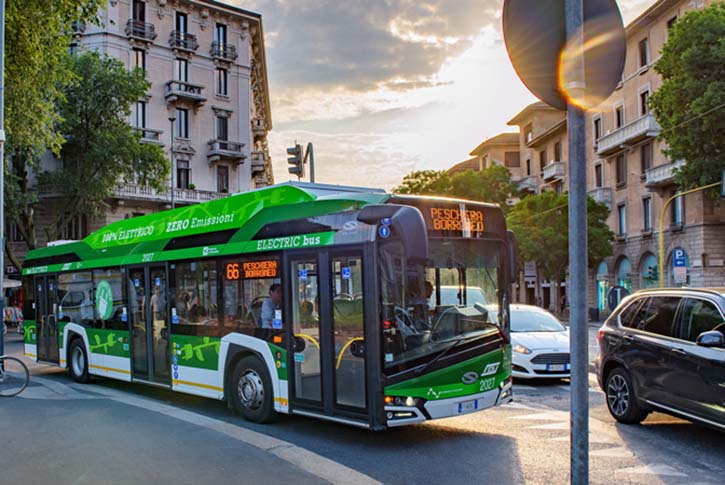
- Airport Buses: There are dedicated buses from the airports (Malpensa and Linate) to the city center, which are convenient for travelers arriving by air.
- Night Buses: Milan offers a range of night buses (N lines) that operate when the metro is closed, ensuring that you can get around the city at any time.
4. Tickets and Payment
Tickets for public transportation can be purchased at metro stations, tobacco shops, or via the ATM Milano app. A single ticket costs around €2.00 and is valid for 90 minutes across the metro, trams, and buses. For frequent travelers, a daily pass (around €7.00) or a 3-day pass (around €12.00) might be more economical.
Taxis: Convenient but Costlier
Taxis in Milan are a convenient option, especially if you’re traveling with luggage or prefer door-to-door service. Taxis are easily identifiable by their white color and taxi sign on the roof.
1. How to Hail a Taxi
- Taxi Stands: There are designated taxi stands throughout the city, particularly at major transport hubs like the central train station and airports.
- Booking a Taxi: Taxis can also be booked by phone or through mobile apps such as MyTaxi or Free Now, which offer convenient ways to call and pay for taxis without needing to flag one down.
2. Fares and Tips
Taxi fares are metered and start at approximately €3.50, with additional charges based on distance and time. There’s also a luggage fee and a surcharge for late-night rides. While tipping is not mandatory, rounding up the fare is appreciated.
Bike Rentals: Eco-Friendly and Fun
Milan is increasingly becoming bike-friendly, and cycling is a great way to explore the city’s picturesque neighborhoods and parks. Bike rentals are readily available, offering an eco-friendly and enjoyable way to get around.
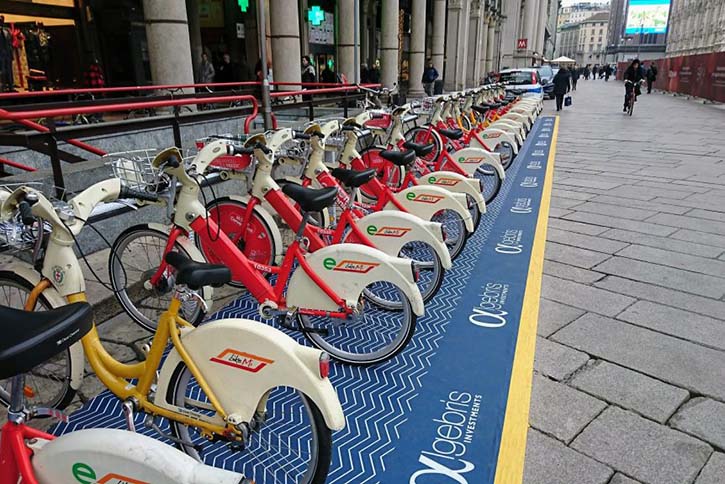
1. Bike Sharing Services
- BikeMi: Milan’s bike-sharing program offers a fleet of bicycles for rent throughout the city. You can pick up and drop off bikes at various stations. Subscriptions are available for short-term use, such as one-day or one-week passes, making it convenient for visitors.
- Other Services: Companies like Lime and Circ offer electric bikes and scooters for rent. These are ideal for covering longer distances and are easy to find and rent through their respective mobile apps.
2. Cycling Routes and Safety
Milan has several dedicated bike lanes and paths, especially in central areas and parks. Popular cycling routes include the canals in the Navigli district and the cycle paths around Parco Sempione. Ensure you wear a helmet and follow local traffic rules to stay safe.
Car Rentals: Flexible but Challenging
Renting a car in Milan offers flexibility, particularly for exploring the surrounding areas or taking day trips. However, driving in Milan can be challenging due to traffic, congestion charges, and limited parking.
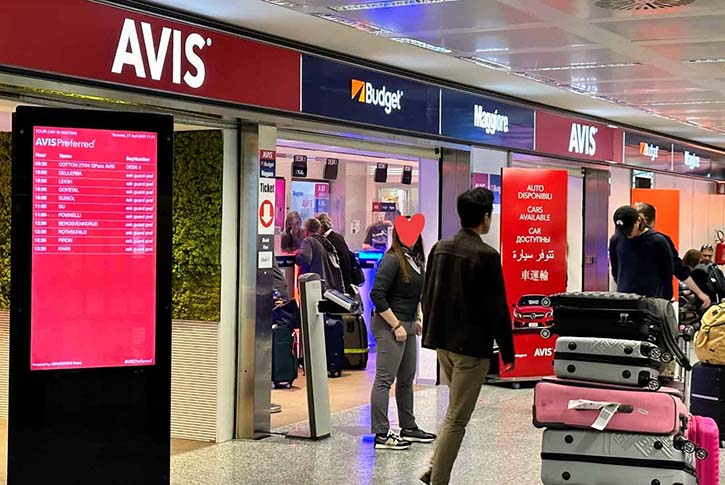
1. Renting a Car
Car rental agencies are available at Milan’s airports and central train stations. You can book a car through services like Hertz, Avis, or Europcar. It’s advisable to book in advance to secure the best rates and ensure availability.
2. Driving Tips and Regulations
- Congestion Charges: Milan has a congestion charge zone (Area C) in the city center. Make sure you understand the charges and restrictions before entering this area.
- Parking: Parking in Milan can be challenging, especially in the city center. Look for designated parking areas and be prepared for high parking fees.
- Road Rules: Familiarize yourself with Italian driving laws and ensure you have the necessary documentation, including a valid driver’s license and insurance.
Walking: Discovering Milan on Foot
Walking is a fantastic way to experience Milan’s vibrant neighborhoods and historic sites. The city center is compact and pedestrian-friendly, making it easy to explore on foot.
1. Key Walking Routes
- Duomo to Castello Sforzesco: This route takes you from the iconic Duomo Cathedral through Galleria Vittorio Emanuele II to the historic Castello Sforzesco.
- Navigli District: Explore the picturesque canals, trendy shops, and charming cafés in this vibrant area.
- Brera District: Known for its art galleries and boutiques, Brera is perfect for a leisurely stroll and window shopping.
2. Safety and Comfort
Milan is generally safe for pedestrians, but always stay aware of your surroundings. Wear comfortable walking shoes, as you’ll likely cover a lot of ground.
Getting around Milan efficiently involves understanding the city’s transportation options and choosing the ones that best suit your needs. Whether you’re hopping on the metro, renting a bike, or enjoying a leisurely walk, Milan’s diverse transport network ensures that you can explore the city with ease.
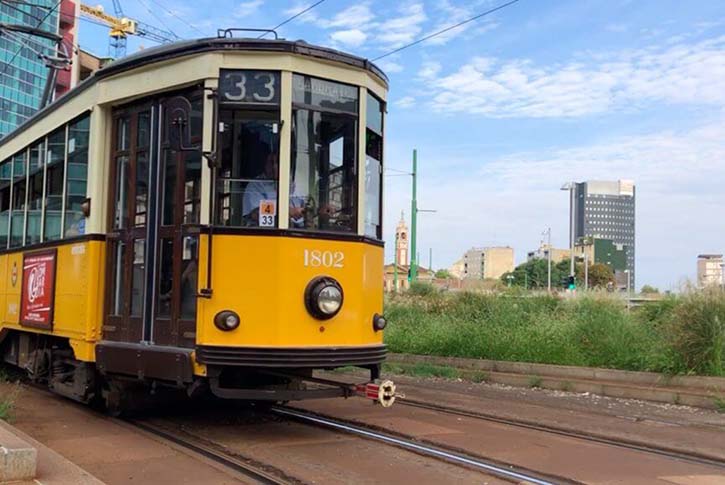
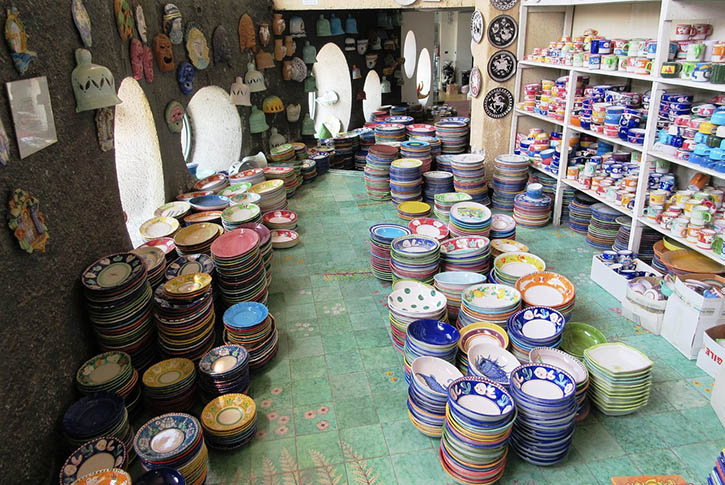
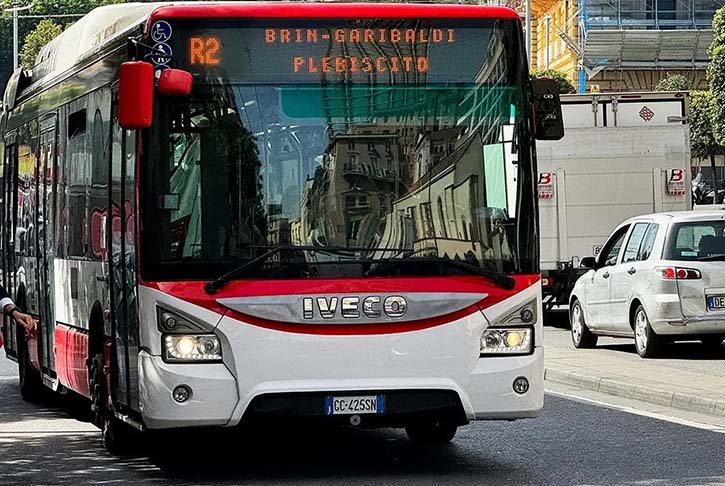
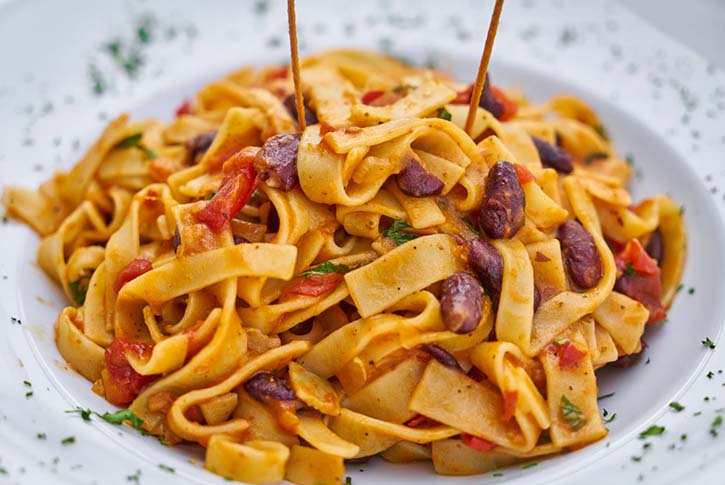
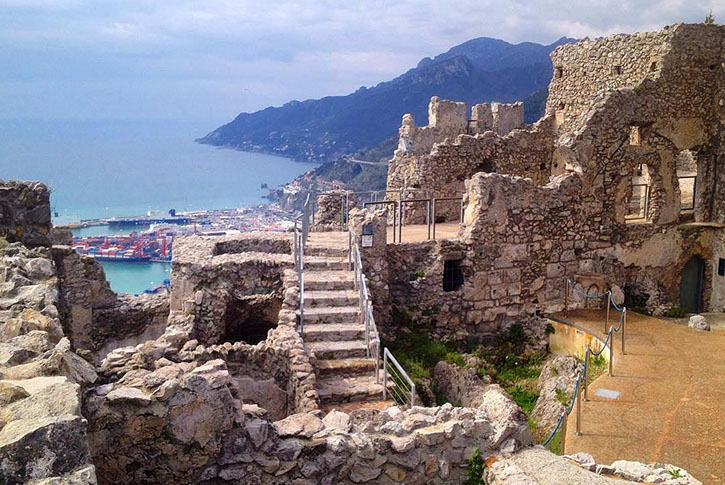



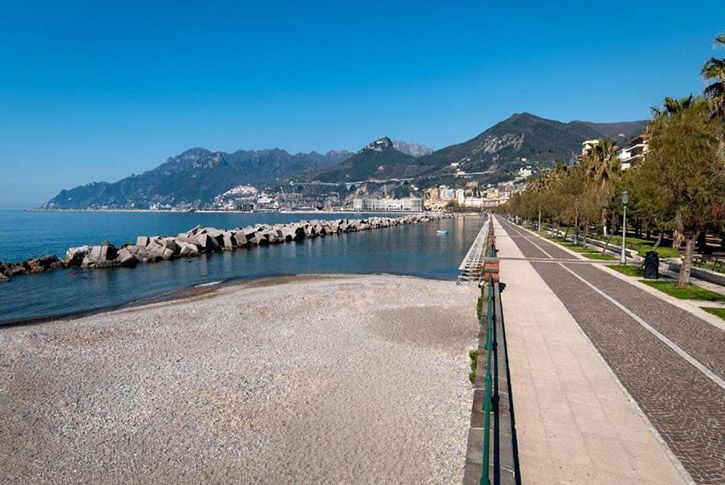

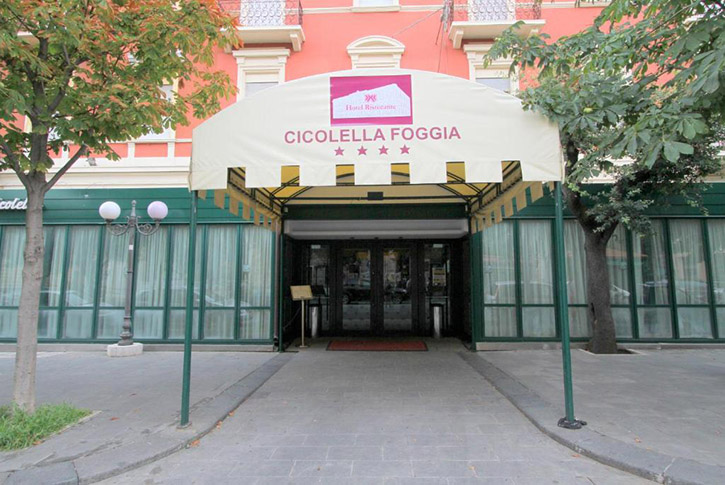
+ There are no comments
Add yours